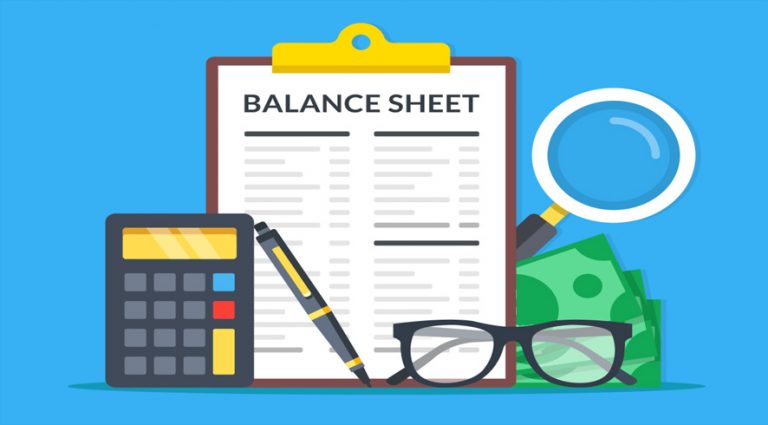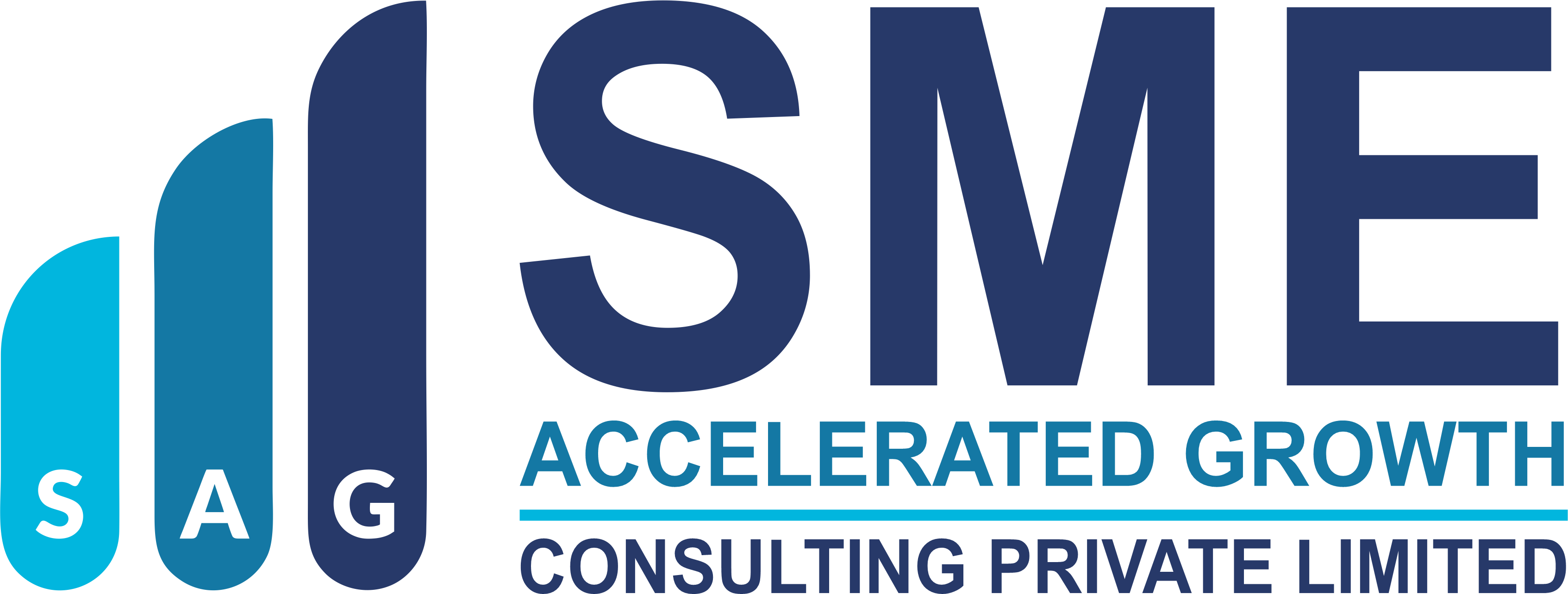RAINBOW OF BALANCE SHEET

7 Secrets of Happy Balance Sheet is based upon rainbow of Balance Sheet. The 7 Aspects that are reflected in Balance Sheet are –
-
- Fixed Assets
- Investments
- Current Assets
- Current Liabilities
- Secured Loans
- Unsecured Loans
- Capital
Above rainbow can be classified into –
-
- Sources of Funds
- Application of Funds
- Cash
So in this section we shall understand the basics of balance sheet. It is well established fact that every decision in the business is a financial decision,hence understanding basics of financial terms is very important.
Sources of Funds
All the liabilities are source of funds. Even though liabilities are to be repaid – they are source of funds. Source of funds is classified on the basis of repayment and also the priority of repayment. Therefore, liabilities are divided as –
-
- Capital
- Secured Loans
- Unsecured Loans
- Current Liabilities and Provisions
CAPITAL
Capital is referred to as own funds or equity. It is the primary source of funds in the business. The peculiarities of capital are it is the source of fund when no other source of funds is available i.e. emergency source, last in the priority of repayment and will be refunded only when business is closed down. Capital appears in the balance sheet and consists of following calculation –
|
Year 1 |
Year 2 |
|
|
Opening Balance |
0 |
28,00,000 |
|
Add: Capital Introduced |
25,00,000 |
0 |
|
Less: Drawings |
6,00,000 |
9,00,000 |
|
Add: Profits for the year |
9,00,000 |
12,00,000 |
|
Closing Balance |
28,00,000 |
31,00,000 |
*Closing balance appears in the balance sheet but it appears as a result of calculation as shown above. Capital introduced is referred to the amount put into the business by the owners from his personal source. Drawings is amount withdrawn by the owner for his personal purpose from the business funds. Profits earned by the business after paying taxes forms part of capital of the owner. It means profit is reward of the owner for taking risk in the business.
So how much funds need to be introduced? How much amount should be withdrawn and how much profits should be retained in the business? These questions hold great importance in the context of SME business growth. So it will be discussed later but we need to understand that Capital or Owner’s funds or Equity holds following characteristics –
-
- It is source of funds for risky assets or decisions;
- It is source of funds for emergencies;
- It stands last in the order for repayment – only in the case of business closure;
- It is a summary of how the business has performed over the years.
SECURED LOANS
Secured Loans are source of funds for two types of applications –
-
- Long Term Assets;
- Short Term Assets;
Therefore, as a SME owner, there could be following questions in the mind –
-
- Why secured loans are called as secured loans?
- Why to avail the secured loans?
- When to avail the secured loans?
- Are loans good or bad?
Let us try to find out answers to above questions.
Why secured loans are called as secured loans?
When loans are secured against the assets of the business then in such a case the loans are called as secured loans. The asset that is kept as security against loan can be divided into two types –
-
- Primary Security
-
- When loan is taken to purchase certain asset and the same asset is kept as security with the lender then such security is called as primary security. For example, if loan is taken to purchase machinery, then such machinery is called as primary security. In all the cases, asset that is purchased by availing loan is always kept as primary security.
-
- Collateral Security
-
- Collateral is a latin word and its English synonym is “additional”. Collateral Security means additional security than primary security. Where banks or financial institutions estimate that primary security either may not be sufficient to cover the risk or depreciating value of primary security may not be sufficient to cover the risk, then they demand collateral security.
Why to avail secured loans?
Secured loans are usually given by banks and financial institutions. For following reasons, if possible we should go for secured loans –
-
- Secured loans have lower rate of interest as compared to unsecured loans as it carries lesser risk than unsecured loans;
- Secured loans are given by banks and financial institutions and hence the viability parameters are properly checked by them;
- Continuous monitoring is ensured by banks or lenders and hence pressure to perform is created that keeps check on financial discipline.
When to avail secured loans?
Secured loan has few peculiarities that one must understand before availing secured loans, those are –
-
- One needs to possess the collateral security to avail secured loans;
- Secured loans have fixed repayment terms with periodic installments;
- Secured loans are generally given with a certain financial track record;
- Secured loans take quite a long time for processing and approval;
- Secured loan instalments need to be repaid even though there is no income;
Therefore, secured loans should be availed only for those assets wherein there is reasonable guarantee of income generation so that it can be approved faster and can be repaid on time. Also, secured loans should be availed mostly for enhancement of capacity and not the start up capital – as start up or new activity has to undergo gestation period as well as testing period wherein one may have to amend the business activities in order to get settled financially. Therefore, secured loans should be availed to enhance the existing operational capacity rather than setting up a new activity or start up unit.
Are loans good or bad?
This is a super hit question amongst SME business owners. More often than not – those who avail loan and operate business are successful. However, we tend to remember those who have mis-utilized loans and felt the heat of repaying the loans. Sometimes, people proudly say that we don’t have loans in our Balance Sheet – it presumably says we have grown very slowly. Taking loans is never a problem but appropriately using it and repaying it requires discipline and mostly that is missing and therefore we tend to conclude that it is better off not availing loans as it puts pressure on you. However, taking loans put you faster on the track of business growth and forcibly makes you disciplined as well. So availing loans is always good provided the nature of loan and the purpose of utilization should match. The detailed discussion on this will be made later in our modules on Financial Leverage.
Unsecured Loans
When loans are availed without offering any security is called as unsecured loans. Looks very lucrative for the person availing loan but wait – it has following features:
-
- Loans carry very high rate of interest if availed from banks or private lenders;
- It can be availed from friends and relatives;
- Unsecured loans have lower quantum;
- Usually availed by start ups or for urgent situations;
- The repayment period for unsecured loans from banks or private lenders is very short;
It therefore needs to be understood that unsecured loans should be availed in following situations –
-
- By start ups from friends and relatives where repayment period and interest is relatively comfortable;
- In emergency situations against some confirm income with high margins;
- For short period against confirm cashflow.
We often say availing unsecured loans at higher rates from private lenders is an ICCU situation – we shall discuss this later in our modules.
Current Liabilities
Liabilities that need to be repaid within one year are called as current liabilities. The current liabilities are again sub grouped as –
-
- Sundry Creditors
- Provisions
- Advances Received
- Taxes and Duties Payable
- Other Credit Balances
Sundry Creditors
-
- For Goods
- For Expenses / Services
- For Capital Goods
Provisions
Provisions are those expenses that are incurred but amounts of which are not yet confirmed and hence liability is created on estimated basis and not on actual basis. For example, telephone bill, electricity bill, salaries etc. It is confirm that these are liabilities to be paid but on the last day of the month or year, the amount is not confirm and hence they are estimated on certain basis and considered in expenses.
Advances Received from Customers / Clients
Advance Received from customer or client is a liability as the goods or services are not provided against it. If those goods or services are not provided then it needs to be refunded and hence, such advances received from customers or clients are grouped under current liabilities.
Taxes and Duties Payable
PF, ESIC, Profession Tax, GST, Advance Tax, TDS deducted etc. related to the current period but payable in the next month or next year is a liability and hence shown under current liabilities.
Other Credit balances
Apart from above, if certain accounts are having credit balances then such accounts are reflected in other credit balances. For example, we have received any amount as short term loan from associate concern or friend to be repaid in short term,etc.
